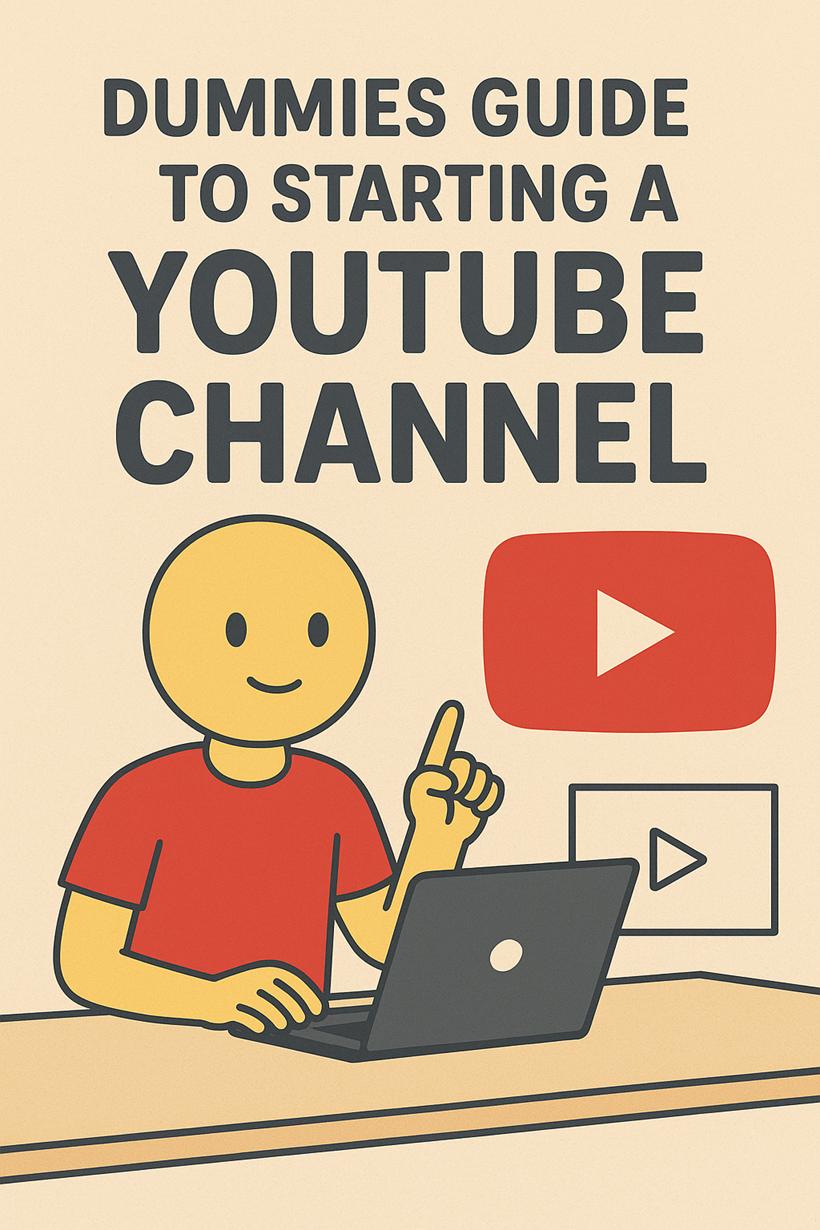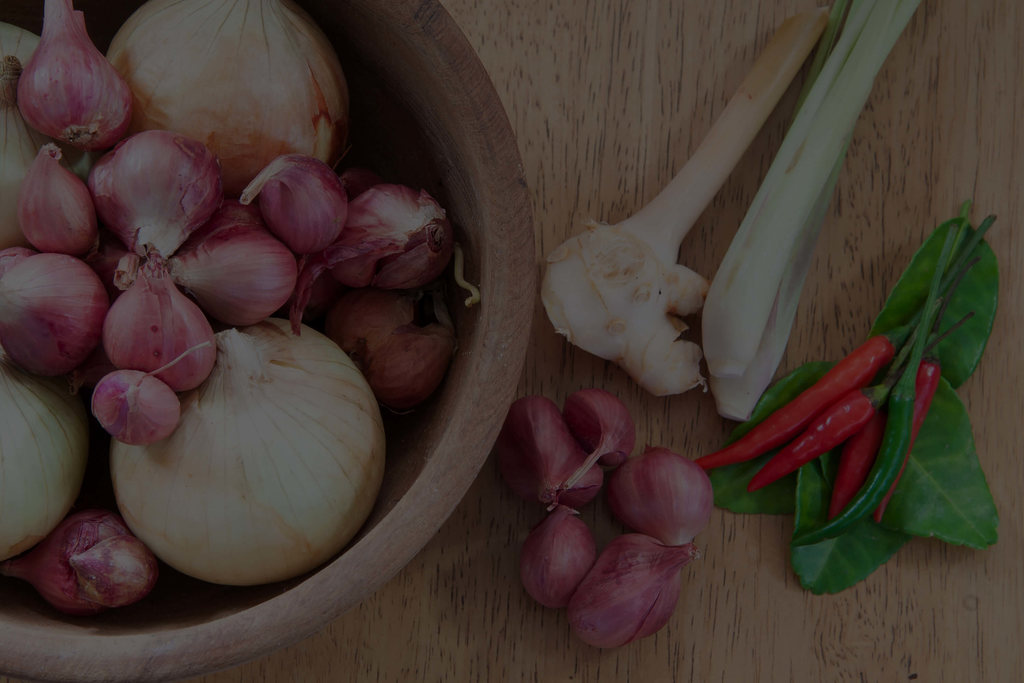
News – YouTube – A Dummies Guide to YouTube channel setup 2025.
Your Guide to YouTube Success: The Dummies’ Niche Channel Starter
Welcome, Future Creator!
Starting a YouTube channel can feel overwhelming, but it’s really just a series of simple steps. This guide breaks down the entire process, from idea to first subscriber.
The goal isn’t to be perfect from day one. The goal is to start. Let’s walk through the four key phases: Planning your foundation, Building your channel, Launching your first video, and Growing your community.
Our Example Niche: “Delicious Street Food”
Throughout this guide, we’ll pretend we’re creating a channel dedicated to finding and reviewing the best street food. This niche is great because it’s visual, popular, and has endless content potential.
Phase 1: Plan Your Foundation
Before you even create an account, a little planning goes a long way. A strong plan is the foundation for a channel that doesn’t just get views, but builds a loyal community.
1. Define Your Niche
- Your niche is your specific topic. “Food” is too broad. “Street Food” is better. “Delicious Street Food in Bangkok” is even better!
- A clear niche helps YouTube understand your channel and recommend it to the right people.
- Example: Our niche is “Reviewing global street food for adventurous travelers.”
2. Know Your Audience
- Who are you talking to? What problems can you solve for them (e.g., “Where can I find the best Pad Thai in Bangkok?”)?
- Speak directly to this audience in your videos.
- Example: Our audience is 25-45 year old foodies and travelers who want authentic, off-the-beaten-path experiences.
3. Create Your Brand
- This is your channel’s “personality.” It includes your name, your logo (channel icon), and your banner.
- It should be consistent and instantly tell viewers what you’re about.
- Example Name: “Street Food Stories”
- Example Tone: “Excited, authentic, and hungry!”
4. Your Starter Kit
You don’t need expensive gear to start—your smartphone is powerful enough!
| Kit Type | Camera/Video | Audio | Stability/Lighting |
| Budget Kit | Your Smartphone | Simple lavalier mic (e.g., $20) | Small, flexible tripod ($25) or a window for lighting |
| “Pro” Kit | Mirrorless Camera (e.g., Sony ZV-E10) | Wireless Mic System (e.g., RODE Wireless GO) | Gimbal (e.g., DJI Ronin) and Portable LED panel kit |
Phase 2: Build Your Channel
This is where you physically create your channel on YouTube and start thinking about your video strategy.
1. Create and Set Up Your Account
- Start with a Google account, then go to YouTube and click “Create a channel.”
- Recommendation: Create a Brand Account. This gives you more flexibility, lets you change your channel name easily, and allows you to add managers later.
2. Customize Your Channel Page
Go to “Customize Channel” and fill out everything:
- Layout: Add a channel trailer (once you have one).
- Branding: Upload your Profile Picture (logo) and Banner Image.
- Basic Info (The “About” Section): This is crucial. Tell viewers who you are, what you do, and why they should subscribe.
3. Plan Your Content Mix
Don’t just make random videos. Plan a few “types” of videos to keep your audience engaged and your content fresh. A good mix for a street food channel might look like this:
| Content Type | Purpose | Percentage of Content |
| Food Reviews | Core content, highlights specific dishes. | 40% |
| How It’s Made | Behind-the-scenes, visual process. | 25% |
| Food Tours | Traveling to a city, trying multiple spots. | 20% |
| Street Interviews | Engaging with vendors/local experts. | 15% |
Phase 3: Launch Your First Video
Optimizing your video is the single most important thing you can do to get found by new viewers. Complete this checklist before you hit “Publish.”
Pre-Publish Optimization Checklist
- Compelling Title: Make sure it’s searchable and makes people want to click. (e.g., “Finding Bangkok’s SPICIEST Noodle Soup”).
- Custom Thumbnail: Create a bright, clear, easy-to-read thumbnail. This is more important than the title.
- Detailed Description: The first two lines should be a summary. Below that, add more details, links, and keywords.
- Relevant Tags: Add 5-10 specific tags (e.g., “bangkok street food,” “pad thai,” “spicy noodle challenge”).
- End Screens & Cards: Add an End Screen to suggest another video and Cards to link to related videos or playlists.
- Add to Playlist: Add the video to a relevant playlist (e.g., “Bangkok Food Tour”). This dramatically increases watch time.
Phase 4: Grow Your Community
Your video is live! Growth on YouTube requires consistency and community focus.
1. Be Consistent
- This is the #1 rule. Pick a schedule you can realistically stick to (weekly, bi-weekly, etc.). The YouTube algorithm rewards consistent uploading.
2. Promote Your Work
- Don’t just rely on YouTube. Share your video on any social media you have (Instagram, TikTok, Reddit, relevant Facebook groups). Find where your target audience hangs out and share it there.
3. Engage, Engage, Engage!
YouTube is a community. When people comment:
- Reply to as many as you can (especially in the first 24 hours).
- Heart comments you love.
- Pin a great comment to the top.
- Ask a question in your video or description to encourage comments.
4. Learn from Analytics
Go to YouTube Studio > Analytics and focus on these two numbers:
- Click-Through Rate (CTR): The percentage of people who saw your thumbnail and clicked. A good goal is 4-10%. If this is low, fix your thumbnail and title.
- Watch Time: The total minutes people spent watching. This is the most important metric for YouTube. If this is low, improve the pacing and editing of your videos.
Taking some healthy cooking classes will teach you how to make healthy foods at home? Perhaps a Chef LeeZ cooking class.
You can see our related videos and blogs by the following links.
Our related YouTube shorts,
Our related YouTube Videos
You can see all our wellness related blogs here.
To never miss our future postings sign up to receive our newsletter by the short form below.




